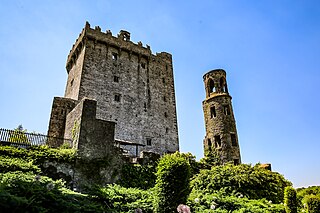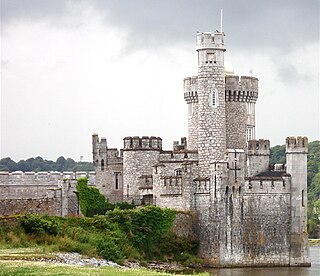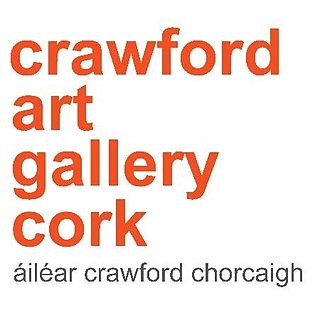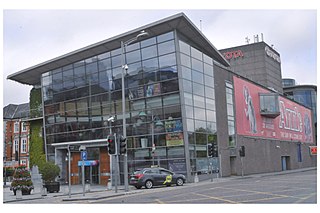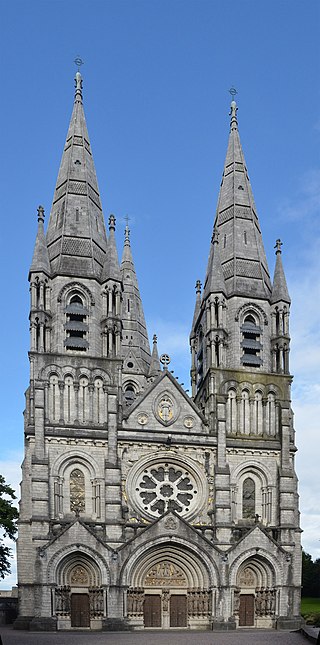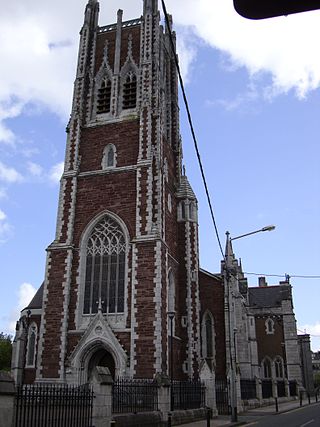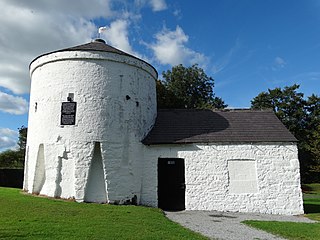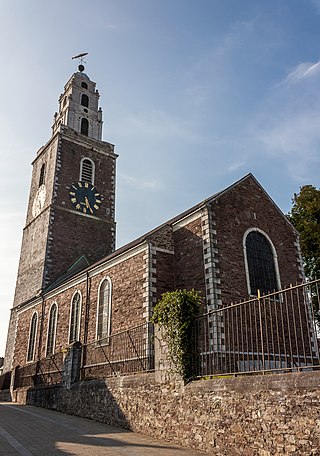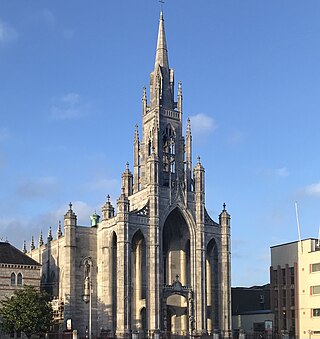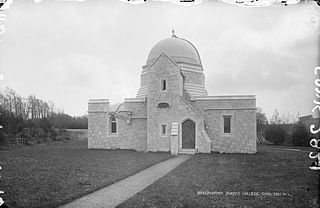14 Sights in Cork, Ireland (with Map and Images)
Legend
Premium Sights
Book tickets, guided tours and activities in Cork.
Guided Free Walking Tours
Book free guided walking tours in Cork.
Welcome to your journey through the most beautiful sights in Cork, Ireland! Whether you want to discover the city's historical treasures or experience its modern highlights, you'll find everything your heart desires here. Be inspired by our selection and plan your unforgettable adventure in Cork. Dive into the diversity of this fascinating city and discover everything it has to offer.
Sightseeing Tours in CorkActivities in CorkBlarney Castle is a medieval stronghold in Blarney, a town in Cork, Ireland. Though earlier fortifications were built on the same spot, the current keep was built by the MacCarthy of Muskerry dynasty, a cadet branch of the Kings of Desmond, and dates from 1446. The Blarney Stone is among the machicolations of the castle.
Blackrock Castle is a castellated fortification located at Blackrock, about 2 km from Cork city centre on the banks of the River Lee in Ireland. Originally developed as a coastal defence fortification in the 16th century to protect upper Cork Harbour and port, the site now houses an observatory, visitor centre and restaurant.
The Crawford Art Gallery is a public art gallery and museum in the city of Cork, Ireland. Known informally as the Crawford, it was designated a 'National Cultural Institution' in 2006. It is "dedicated to the visual arts, both historic and contemporary", and welcomed 265,438 visitors in 2019. The gallery is named after William Horatio Crawford.
Cork Opera House is a theatre and opera house in Cork in Ireland. The first venue opened in 1855 on Emmet Place to the rear of the Crawford Art Gallery. This original building was destroyed by fire in 1955, and a replacement opened in 1965. With a number of additions in the early 21st century, the 1000-seat venue hosted over 100 theatre, music, opera, and comedy events in 2015.
5. Elizabeth Fort
Elizabeth Fort is a 17th-century star fort off Barrack Street in Cork, Ireland. Originally built as a defensive fortification on high-ground outside the city walls, the city eventually grew around the fort, and it took on various other roles – including use as a military barracks, prison, and police station. Since 2014, the fort has seen some development as a tourism heritage site, reportedly attracting 36,000 visitors during 2015. The walls of the fort have been accessible to the public on a regular basis since September 2014.
6. Saint Fin Barre's Cathedral
Saint Fin Barre's Cathedral is a Gothic Revival three-spire Church of Ireland cathedral in the city of Cork. It is located on the south bank of the River Lee and dedicated to Finbarr of Cork, patron saint of the city. Formerly the sole cathedral of the Diocese of Cork, it is now one of three co-cathedrals in the United Dioceses of Cork, Cloyne and Ross in the ecclesiastical province of Dublin. Christian use of the site dates back 7th-century AD when, according to local lore, Finbarr of Cork founded a monastery. The original building survived until the 12th century, when it either fell into disuse or was destroyed during the Norman invasion of Ireland. Around 1536, during the Protestant Reformation, the cathedral became part of the established church, later known as the Church of Ireland. The previous building was constructed in the 1730s, but was widely regarded as plain and featureless.
7. Catherdral of Saint Mary and Saint Anne
The Cathedral of Saint Mary and Saint Anne, also known as Saint Mary's Cathedral, The North Cathedral or The North Chapel, is a Roman Catholic cathedral located at the top of Shandon Street in Cork, Ireland. It is the seat of the Bishop of Cork and Ross, and the mother church of the Roman Catholic Diocese of Cork and Ross. Its name derived from the fact that it encompassed the ecclesiastical parish of St. Mary and the civil parish of St. Anne.
8. MTU Blackrock Castle Observatory
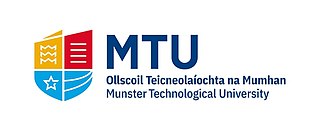
Munster Technological University is a public technological university consisting of six campuses located in Cork and Kerry. The university was established in January 2021, the result of a merger between two institutes of technology, Cork Institute of Technology and the Institute of Technology, Tralee. Its creation was announced in May 2020. It accommodates more than 18,000 students and over 2,000 members of staff.
9. Gunpowder Mills
The Ballincollig Royal Gunpowder Mills was one of three Royal gunpowder mills that manufactured gunpowder for the British Government. Located in Ballincollig, Cork city, Ireland, largely in what is now the Ballincollig Regional Park, the powder mills were originally opened in 1794 as a private enterprise, before being taken over by the British Government during the Napoleonic Wars.
10. Church of Saint Anne
The Church of St Anne is a Church of Ireland church located in the Shandon district of Cork city in Ireland. Built between 1722 and 1726, it is situated on a hill overlooking the River Lee. The church tower is a noted landmark and symbol of the city, and the church bells were popularised in a 19th-century song.
11. Holy Trinity
Holy Trinity Church, also known as Father Mathew Memorial Church, is a Roman Catholic Gothic Revival church and friary on Fr. Mathew Quay, on the bank of the River Lee in Cork. It belongs to the Order of Friars Minor Capuchin and is the only church dedicated to Father Theobald Mathew.
12. Everyman Palace Theatre
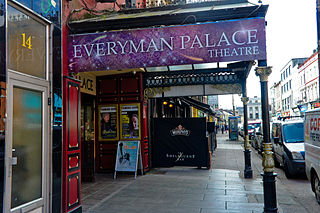
The Everyman, also referred to as the Everyman Theatre and historically known as the Everyman Palace, is a 650-seat Victorian theatre on MacCurtain Street in Cork, Ireland. It opened in 1897, and is the oldest purpose-built theatre building in Cork. The theatre is housed in a protected Victorian building with a large stage and auditorium, a proscenium arch, four elaborately decorated boxes, a studio space and a bar.
13. Crawford Observatory
The Crawford Observatory is a 19th-century observatory located on the campus of University College Cork, Ireland. Built in 1878, the observatory contains three instruments; a Thomas Grubb equatorial telescope, a transit telescope and a siderostatic telescope. The construction of the observatory and the purchase of telescopes was funded in part by a £1,000 donation from William Crawford, of the Beamish and Crawford brewing company.
14. Huguenot Graveyard
Huguenot Cemetery was created between 1710 and 1733 as a cemetery for the Huguenot inhabitants in the city of Cork. It is believed to be one of the last two surviving Huguenot graveyards in western Europe.
Share
Disclaimer Please be aware of your surroundings and do not enter private property. We are not liable for any damages that occur during the tours.
